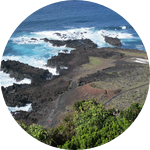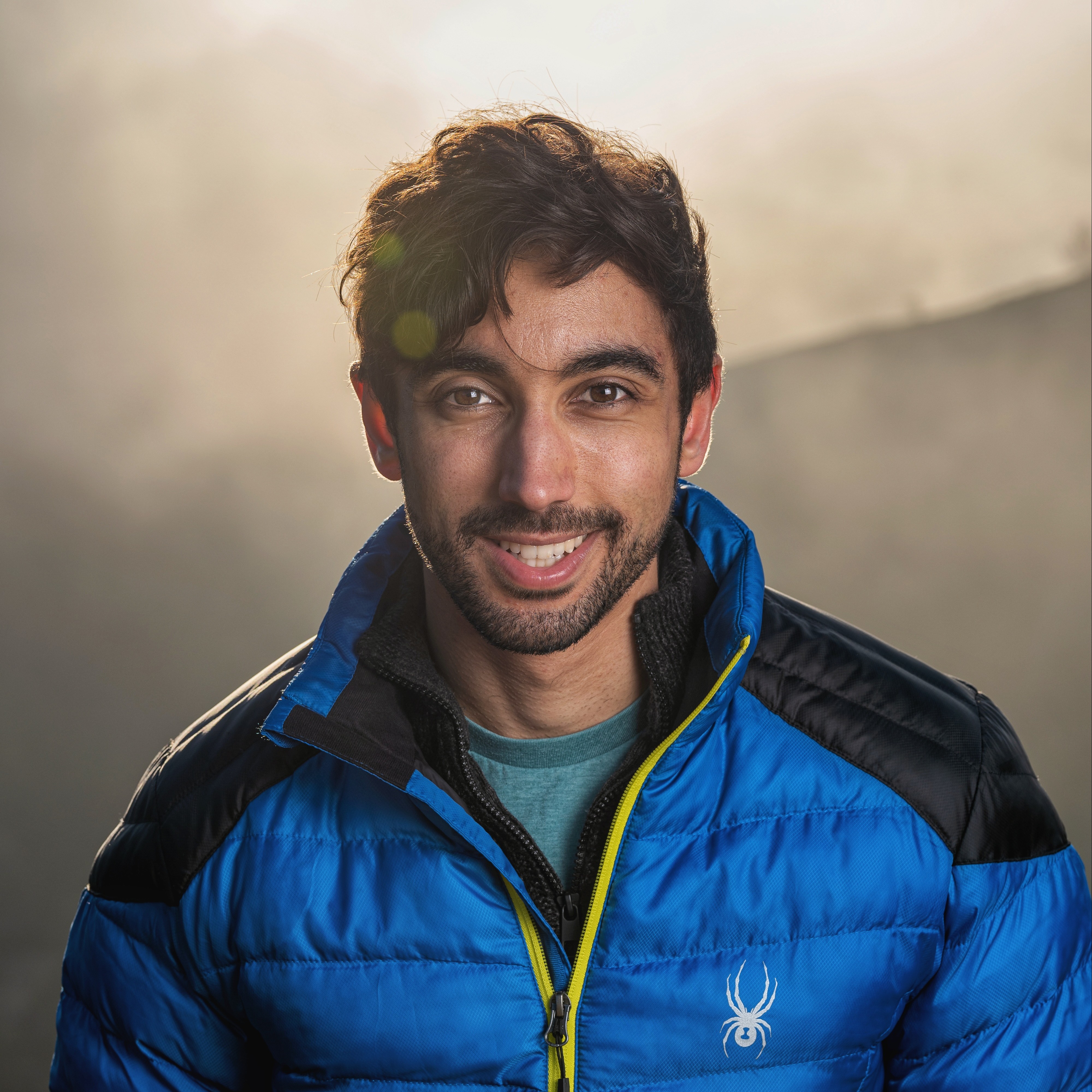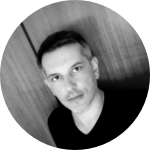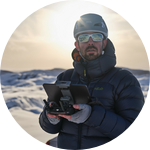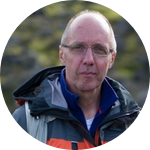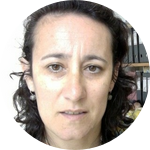About This Project
Shallow volcanic seamounts can be hotspots for thriving marine ecosystems. Sabrina volcano, Azores, is a 200 year old seamount with a summit depth of 50 meters; the island disappeared after an eruption in 1811. We will use a low-cost ROV to survey Sabrina's summit, flanks and other nearby seamounts, to explore the marine colonization history. Sabrina is one of hundreds of seamounts in the Azores in need of exploration for biodiversity, conservation and assessing volcanic hazards.
Ask the Scientists
Join The DiscussionWhat is the context of this research?
Shallow marine volcanic cones and seamounts are of great importance to conservation, marine protection and biodiversity, as they host nutrient-rich waters and thriving ecosystems above the seafloor. The Azores in the Northern Atlantic are home to hundreds of seamounts of varying depths and age, with hardly any explored by submersible. Deeper submersible exploration is very costly, but shallow exploration is achievable through lower cost ROV technology.
One seamount of interest is Sabrina, 2km offshore west of Ilha de São Miguel, Azores. This volcanic cone is 200 years old following an explosive eruption in 1811. The island has since disappeared, but the very shallow seamount is underexplored. This new system could give valuable insight into how seamounts are colonized by marine species.
What is the significance of this project?
The islands of the Azores and their economic exclusive zones cover a vast area of the Atlantic Ocean with hundreds of seamounts. In such a large area, there is a need to understand the marine ecosystems around the islands to improve conservation, marine protection, and sustainable fisheries regulation.
With a summit (~50m deep) in the photic zone, flanks in the mesophotic zone, and the deepest bases reaching possibly into an oxygen minimum zone, there are important questions to answer about marine species with depth. This project will gain insight into shallow marine volcanic hazards in the Azores. We will use the findings of the expedition for local community outreach and engagement, giving attention to shallow marine exploration and technology.
What are the goals of the project?
The key aim is to use an ROV submersible to image and survey one of the youngest seamounts in the Azores to characterize: 1) the abundance of marine life, 2) the diversity of marine life, and 3) the structure of a young, shallow seamount/drowned island. We will adopt the same methods to survey nearby older seamounts to assess differences in the abundance and diversity of marine life with seamount age. This will gain valuable insight in the timescales of marine colonization over time, space and depth.
We will be working with local collaborators' geological and ecological expertise to fully characterize the Sabrina seamount. Additionally we will present the findings to the local community and key stakeholders in seafloor conservation, natural hazards and volcanic risk.
Budget
The primary funding goals for this project will be:
1) purchase/subsidization of a low-cost underwater submersible capable of imaging, and some permitted sampling, of previously unimaged seamounts less than 300m deep. Acquiring this ROV would open up unending exploration of this region, and potentially encourage other marine expeditions for the local scientific community and citizen science engagement.
2) chartering/hire of a small vessel for 5 days capable of traveling 16 nautical miles from port (Ponta Delgada) and up to 3 km offshore to the dive site. The boat would need to accommodate up to 5 people.
3) travel and accommodation to location for the primary project lead, collaborator, and media producer. The local collaborators will not need to travel and stay at the site as they live nearby to the port.
In general, this funding will initiate shallow submersible exploration of previously unseen and undocumented ecosystems around parts of the Azores.
Endorsed by
 Project Timeline
Project Timeline
Initial fieldwork is expected to take one week including 5 days of ROV dives on the shallow seamount, expected to be finished by early September 2023. Subsequent community outreach will take place in the following 2 months with final results presented at scientific conferences at the end of 2023/early 2024.
Excess/leftover funding could potentially extend the fieldwork to study more seamounts in the area of varying age and depth for a more comprehensive and insightful study.
May 02, 2023
Project Launched
Jul 31, 2023
Collation of historical documents recording the eruption and destruction of Sabrina island in 1811
Aug 28, 2023
Travel to Ilha de Sao Miguel, Azores for 1 week
Aug 29, 2023
Conduct ROV fieldwork on Sabrina seamount for 5 days from a chartered boat
Sep 08, 2023
Present ROV imagery and findings to the local scientific community
Meet the Team
Affiliates
Affiliates
Team Bio
This team brings together local expertise in the areas of marine ecology, seafloor exploration and volcanology in the Azores, alongside expertise in marine volcanic activity from the UK. We will work closely with local scientists and have a science media coordinator to help produce high quality social media and longer-form filming for broader impact and outreach. Each member brings a unique skillset and background to form an efficient, well-supported cross-disciplinary project team.
Dr Samuel Mitchell
I am a volcanologist and earth and ocean science communicator currently based in the UK, as a Research Associate, at the University of Bristol.
I have a range of interests across volcanology, marine geology, and oceanography, but my main research focuses on volcanic processes in our oceans, their impacts, and the controls they have on marine ecosystems.
Beyond academic interests, I am an active science communicator and a podcast host. I have also worked as a natural history documentary researcher and script reader, Antarctic expedition guide, and outreach/media coordinator on oceanographic research expeditions.
Adriano Pimentel
Dr Adriano Pimentel is a volcanologist at the Research Institute for Volcanology and Risk Assessment (IVAR) of the University of the Azores. Adriano's main research areas are explosive volcanism, physical volcanology, igneous petrology, and volcanic hazard assessment, with an interest in ocean island volcanoes and particularly in the geology of the Azores. He has over 11 years of experience working on seismovolcanic monitoring at the Centre for Information and Seismovolcanic Surveillance of the Azores (CIVISA), where he has followed several seismic crises and collaborated on more than 60 technical-scientific reports.
In the last 20 years, he participated in 15 scientific projects, with regional, national, and international funding, which included fieldwork on several volcanic islands (the Azores, Canary Islands, and Cape Verde) and oceanographic missions on the North Atlantic. He has published 33 ISI scientific articles, 7 book chapters, and 1 book, and has more than 70 contributions presented at scientific conferences.
Huw James
Huw James is a Welsh Scientist, Adventurer and Film Maker. He is a Fellow of the Royal Geographical and Royal Astronomical Societies and creates educational films and talks under his organisation Anturus.
Huw has been delivering live science shows for over 10 years. His audiences are over 750,000 people on 6 continents and over 2 million on TV and YouTube. His background in Astronomy and Geology has pushed him to explore the world on a variety of expeditions all for science.
His mission going forward is to inform a new generation of custodians for our natural world and everything that lives in it by tackling the big 3 problems of pollution, climate change and wildlife extinction.
Ian Skilling
Dr Skilling is a volcanologist who has studied the interaction of basaltic magma and shallow water since the 1990s, having worked mostly in Antarctica, Iceland and Canada. This research aims to understand the processes of their construction and destruction, and how the magma fragments when interacting with liquid water or ice. He has recently began a programme of research in the Azores. He is Head of Natural History at the University of South Wales (UK)
Ana C. Costa
Ana Cristina Costa is a marine biologist (PhD in Marine Sciences - Marine Ecology) assistant professor at the Department of Biology and researcher at CIBIO (Research Center for Biodiversity and Genetic Resources)/INBIo Associated Laboratory) at the University of the Azores.
ACC has taught and lectured several courses in the Biology undergrad degrees (Biology and Biological Sciences and Health), as well as in master’s degrees and the PhD graduate program in Biology in the Azores. In addition, she has supervised several undergrad and grad (master's and PhD) students and young post-doc researchers.
Her main interest is marine biodiversity and ecology and, to a lesser extent, taxonomy. She also has interests in marine environmental monitoring and biodiversity sustainability, conservation, and planning, and in interdisciplinary research, developing outreach actions, and stakeholders’ involvement and ocean literacy.
Lab Notes
Nothing posted yet.
Additional Information
Beyond the timeline and funding of this initial project, we hope that we encourage further low-cost, quick but efficient, shallow surveying elsewhere around the Azores and around the world. Outreach and communication will be delivered through a bilingual nature (Portuguese and English) to prioritize local education and impact.
To amplify the outcomes and findings of the fieldwork, we will run a social media campaign before, during and after the expedition, create a podcast mini-series and mini-documentary on the fieldwork, and hopefully publish any significant findings in a peer-reviewed open-access scientific journal and through a popular science article.
Project Backers
- 3Backers
- 100%Funded
- $10,055Total Donations
- $3,351.67Average Donation
